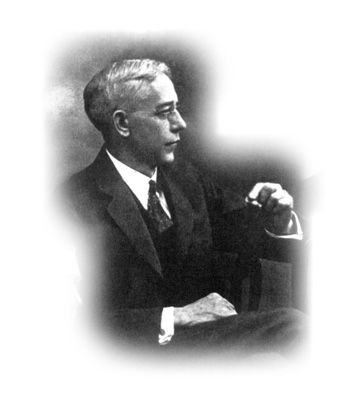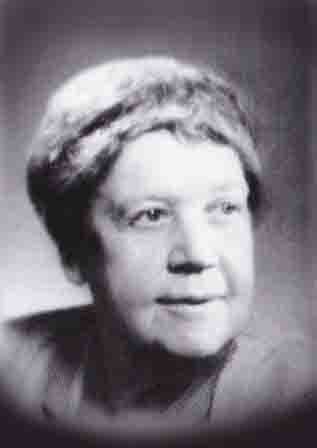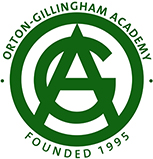 Who Were Orton and Gillingham?
Who Were Orton and Gillingham?

Samuel Torrey Orton (1879-1948), a neuropsychiatrist and pathologist, was a pioneer in focusing attention on reading failure and related language processing difficulties. He brought together neuroscientific information and principles of remediation. As early as the 1920s, he had extensively studied children with the kind of language processing difficulties now commonly associated with dyslexia and had formulated a set of teaching principles and practices for such children.

Anna Gillingham (1878-1963) was a gifted educator and psychologist with a superb mastery of the language. Working with Dr. Orton, she trained teachers and compiled and published instructional materials. Over the last half century the Orton-Gillingham Approach has been the seminal and most influential intervention designed expressly for remediating the language processing problems of children and adults with dyslexia.
ORTON-GILLINGHAM
The connecting hyphen in the term Orton-Gillingham is important to who we are and what we do.
Dr. Orton’s book is titled Reading, Writing, and Speech Problems in Children. He was among the first to move away from the concept of mere “remedial reading,” to treat all aspects of language as related, and to do so in a “language clinic.” OGA’s teaching is based on his understanding of neurology and neural connections in the building of memory.
Anna Gillingham, working with Bessie Stillman, developed the concept of the language triangle (auditory, visual, and kinesthetic). She organized the steps of language teaching, going from the simplest sounds in isolation, to syllables, words, phrases, and sentences. She understood the importance of building kinesthetic memory, of the role of handwriting and, for some students, of simultaneous oral spelling. She developed the system of rules and generalizations that lead to the cognitive aspect of the language, and she arranged everything in the Gillingham Manual which remains our most important text.
